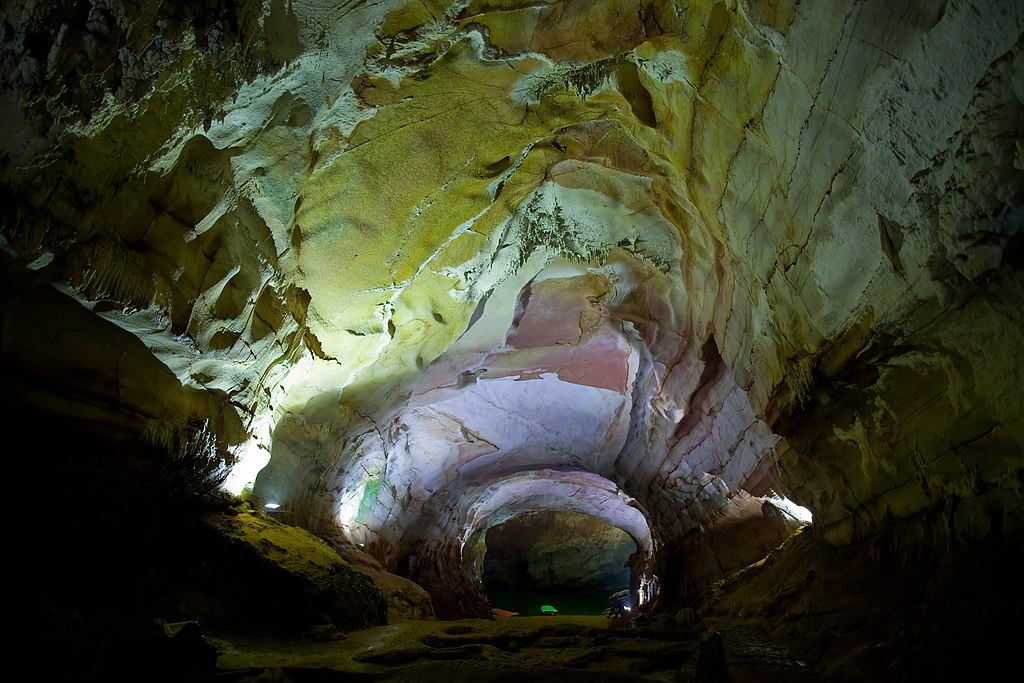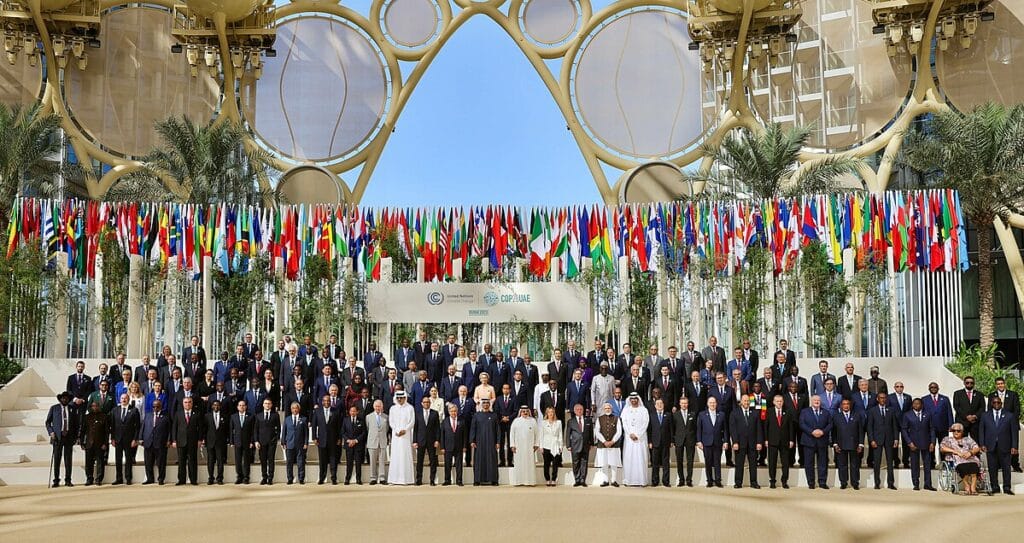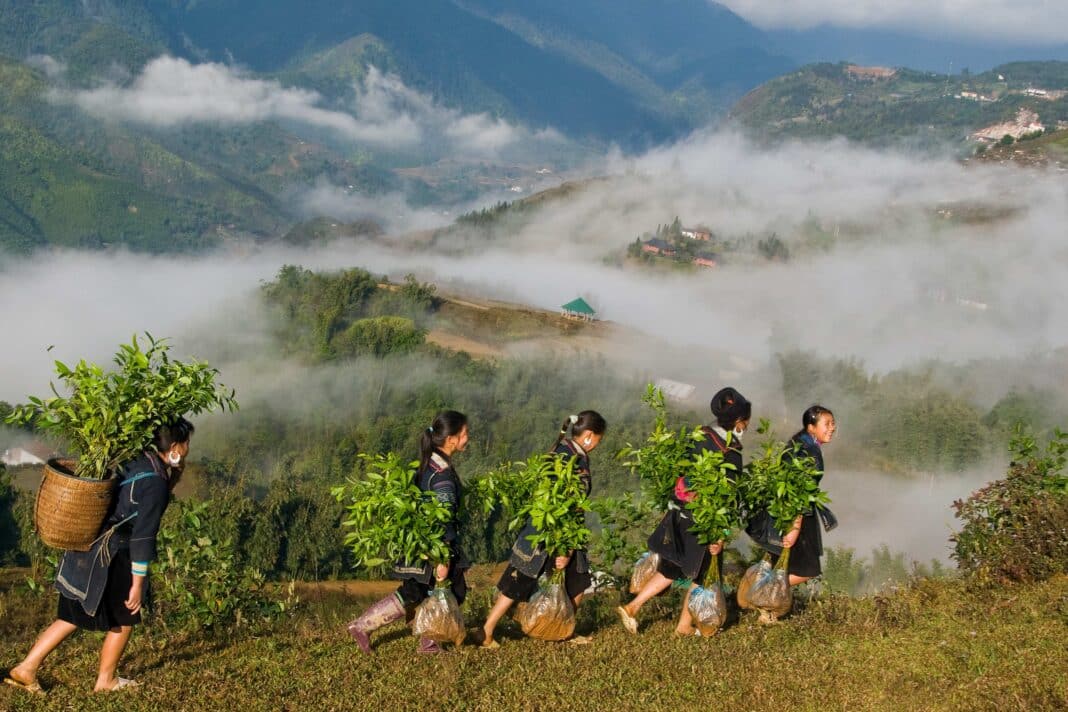Vietnam is emerging as a highly lucrative market for carbon credits, with the government investing in carbon markets to create a social and financial dividend for local communities to replant trees and drive its green economy.
So far, locals are sharing in more than US $5 per tonne of carbon and hope the price will jump much higher if global leaders agree to an international carbon credit market.
The upshot is that Vietnam, thanks to a 2022 government decree (107/2022/ND-CP), has established a new carbon market in the heavily forested North Central region, providing financial incentives to indigenous communities to manage forests for long-term health.
It includes Ke Bang National Park – home to 100km of caves and underground rivers, making it one of the world’s most outstanding limestone karst ecosystems – which, according to Director Phan Hong Thai, was granted US $8 million to protect large tracts of the forest.
“Over the past year, we have transferred money to organisations, households, and communities connected to the park to protect and conserve large areas of natural forest,” Mr Thai said, “before, organisations, households and communities did not have money to invest in forest protection.”

To date, the Ministry of Agriculture and Rural Development—responsible for administering the scheme—has already transferred more than 10.2 million tons of CO2 to the International Bank for Reconstruction and Development (IBRD), from which more than US $50 million has been handed back to local communities to establish extensive tree planting programmes and practice sustainable forest management.
But it’s not just natural forests that are benefiting from the shift to carbon markets. The government and local communities are now using carbon markets as an investment vehicle to expand their timber plantations—an ambitious plan to plant 1 billion trees and grow their PEFC and FSC certification area to 1 million hectares by 2030.
“When we first started planting the trees in 2019,” Dang Dinh Hiep – a local in Quang Nam Province’s Hiep Duc District, said, “we had no idea that after one cycle, (that we would) gain higher profits from higher prices that the earnings from short-term planting…(and thus) continued planting trees.”
Mr Hiep is part of a collective known as Hiep Thuan Agrilctural Cooperative, which runs a forest certification scheme for more than 200 growers or households bound together through an FSC forest certificate.
The growers collectively sign forest insurance contracts, which protect them from natural disasters and provide them with seeds and instructions on growing trees.
According to Vo Van Du, chair of Thua Thien Hue’s Forest Owners and Development Association, planting large timber forests with PEFC or FSC certification not only opens up global markets “but also contributes to the protection of the ecological environment, limiting floods and even landslides.”

This afternoon, Wood Central spoke to Dr Vu Tan Phuong, Director of the PEFC-aligned Vietnam Forest Certification Office, which manages the Vietnam National Standard.
He said the certification process would be crucial in meeting the country’s net-zero commitments – with global importers pressuring Vietnamese furniture manufacturers to carry “Chain of Custody” certification to adhere to company ESG policies and the EU Deforestation Regulations.
“The major policy direction for forestry development is to achieve 1 million hectares of certified forest by 2030; 100% of wood and wood products for export and domestic consumption originate from legal wood materials and wood with sustainable forest management certification,” he said, referring to a speech he gave at HAWA EXPO 2024 earlier this month, adding that carbon markets and ecosystem services play a crucial role in developing financial models for certification.
- To learn more about the International Carbon Market, visit Wood Central’s special feature. To learn more about the Vietnam forest economy, visit Wood Central’s article from last year.







